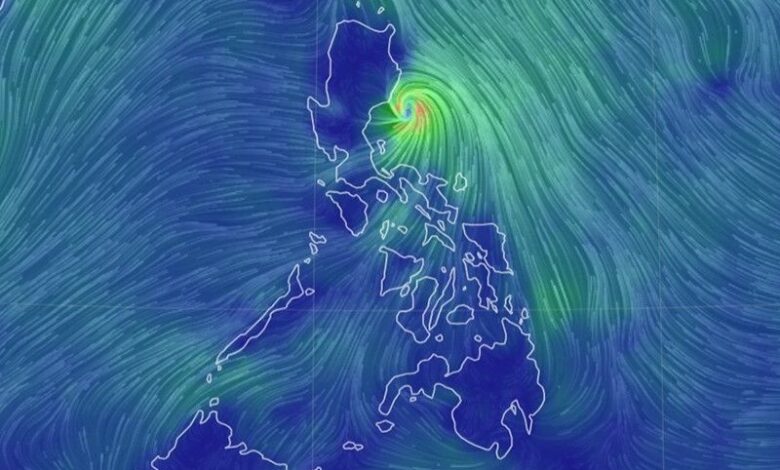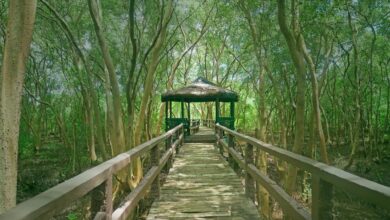
Pinoy Typhoon Names: How Are They Made?
Typhoon “Aghon” is the first to hit the Philippines this year. How did we come up with that name? And how did we create so many Pinoy typhoon names?
Who Names The Typhoons?
The Philippine Atmospheric, Geophysical, and Astronomical Services Administration (PAGASA) names the typhoons. Their names differ from the international terms used by the World Meteorological Organization (WMO). So, this difference makes it easier for Filipinos to remember.
The Naming Process
PAGASA prepares a list of 25 names each year. This list is updated every 4 years, with 10 reserve names.
These Pinoy typhoon names are short, simple, and culturally representative. They are rotated every 4 years, and if a name is associated with a deadly typhoon, it is retired and replaced.
For example, they retired the name “Yolanda” (international name: Haiyan) after its severe impact in 2013.
Regional and Cultural Representation
PAGASA uses names from various Filipino dialects. These reflect the country’s linguistic and cultural diversity. So, these names should be familiar and easy to pronounce for people from different regions.
Examples include names in Tagalog (“Auring”), Cebuano (“Dante”), Ilocano (“Crising”), and Hiligaynon (“Bising”). Using common nicknames and terms helps these names resonate with Filipinos. This then fosters national unity and aids in quick recognition during emergencies.
Purpose and Benefits
Using Pinoy typhoon names enhances communication and increases public awareness. This leads to better preparedness and emergency response. These names also create a stronger emotional connection and encourage communities to take warnings seriously. They can even educate them about the Philippines’ linguistic diversity!
Additionally, local names help avoid confusion with international names. Lastly, they facilitate public engagement and are easier to disseminate through media channels.
READ: Typhoon-Resilient Trees: Our First Defense Against Natural Disasters
Pinoy typhoon names are culturally relevant and easy to recognize. They enhance communication and public awareness during storms. So, not only does this improve our safety, it fosters national unity, too!




